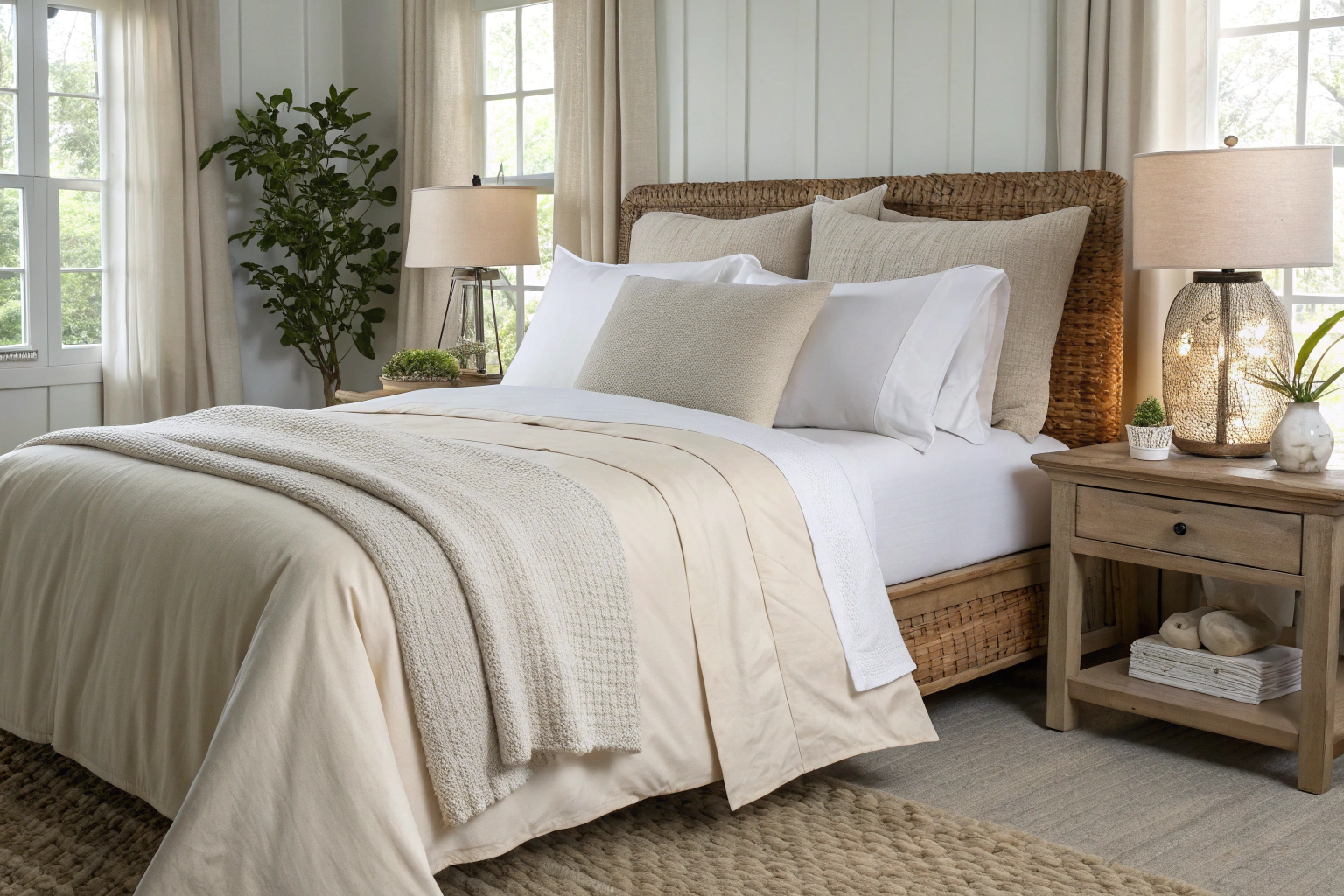For millions of people worldwide, allergies aren't just a seasonal concern—they disrupt sleep quality and overall health year-round. Whether triggered by dust mites, chemical residues, or moisture-trapping synthetics, allergic reactions can severely impact comfort during rest. That’s why selecting the right hypoallergenic bedding fabric is more than a luxury—it's a necessity.
From naturally antimicrobial options like bamboo viscose to ultra-breathable TENCEL™ lyocell and certified organic cotton, the market is evolving fast with allergy-safe innovations that prioritize health, softness, and sustainability. In this article, we explore which fabrics offer the best protection against allergens—and how to source them responsibly in bulk.
What Fabric Qualities Make Bedding Hypoallergenic?
Not all “natural” fabrics are hypoallergenic. To truly qualify, bedding textiles must resist dust mites, inhibit bacterial growth, and minimize moisture retention—all of which contribute to allergic flare-ups.
Hypoallergenic bedding fabrics typically share three characteristics: breathability, smooth fibers, and chemical-free finishing.
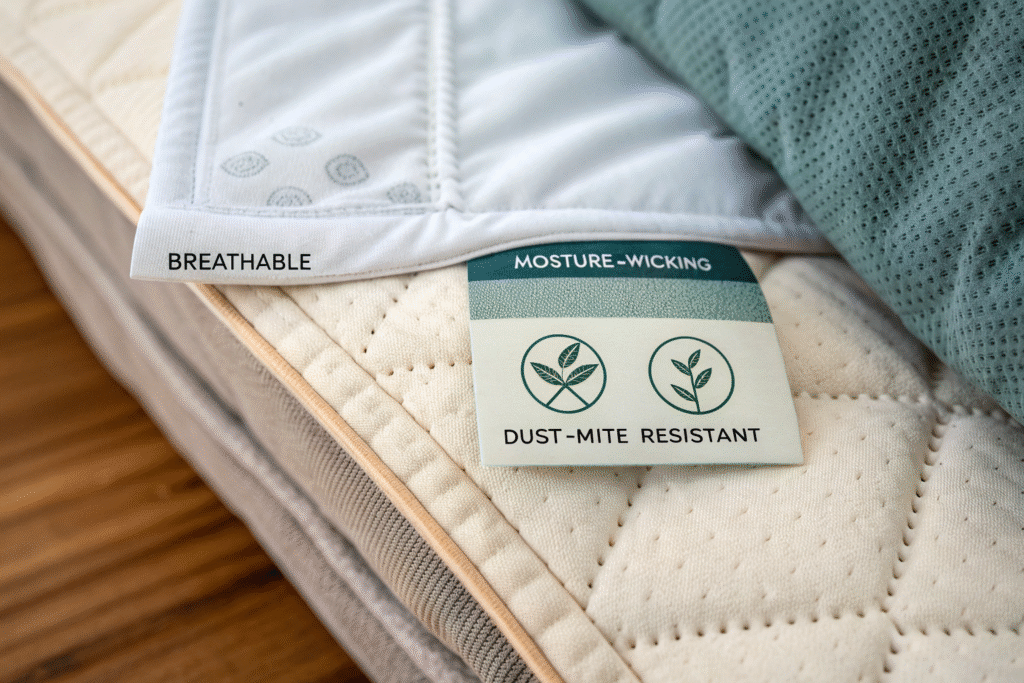
How Does Fabric Breathability Help Reduce Allergies?
Allergens like dust mites thrive in warm, moist environments. Fabrics that trap heat and sweat—such as polyester or flannel—can create ideal breeding grounds. On the other hand, breathable fabrics like TENCEL™ or organic cotton wick moisture away and maintain a cool, dry environment.
Learn more about breathability metrics in bedding or fabric moisture testing.
Are Smooth Fibers Better for Sensitive Skin?
Yes. Smooth surface fibers reduce friction against the skin and help prevent microbial buildup. TENCEL™ lyocell, modal, and silk alternatives are especially good for sensitive skin or eczema-prone sleepers.
See why TENCEL™ is ideal for sensitive skin or explore clinical textile skin research.
Which Natural Fibers Are Most Allergy-Friendly?
When it comes to hypoallergenic properties, natural fibers generally outperform synthetics. But not all plant-based options are equally effective. The best ones offer both comfort and low allergen potential.
Organic cotton, bamboo viscose, and TENCEL™ lyocell are among the most popular choices, with proven dust mite resistance and high skin compatibility.
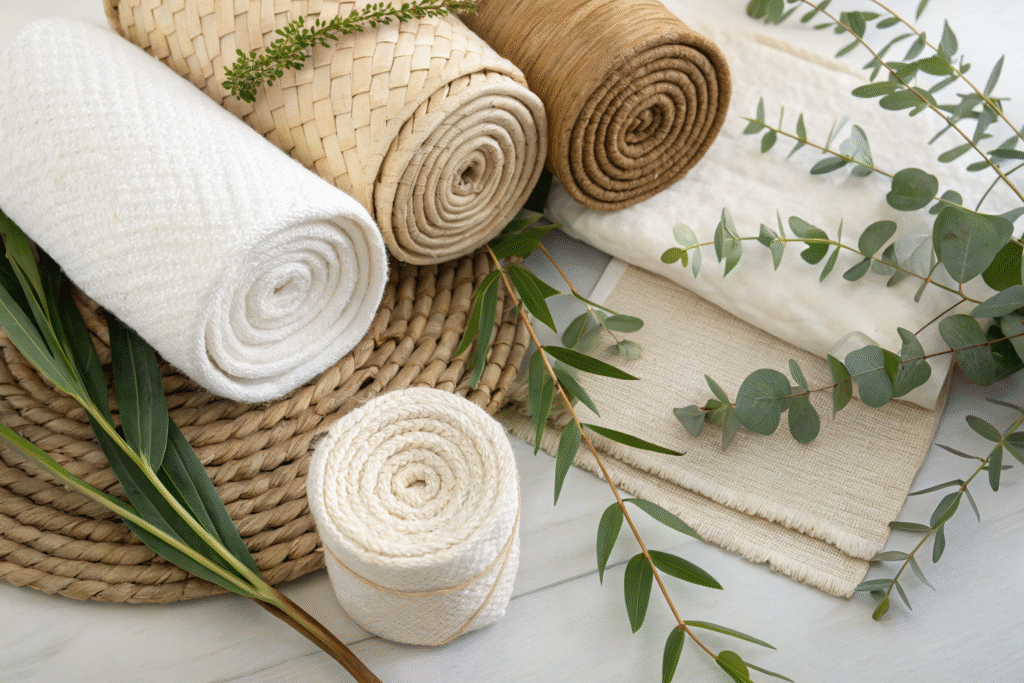
Why Is Organic Cotton Considered Hypoallergenic?
Organic cotton is free from pesticide residues and is typically processed without chlorine bleach or heavy dyes. It’s breathable, soft, and less likely to cause irritation—especially for infants or people with dermatitis.
Explore GOTS certification standards or view organic cotton allergy studies.
How Does Bamboo Viscose Resist Dust Mites?
Bamboo-based fabrics naturally repel bacteria and dust mites due to their moisture-regulating properties and fine fiber structure. Modern bamboo bedding is often blended with cotton or spandex to enhance softness and durability.
Read about bamboo textile performance or check viscose vs. rayon debate.
What Are the Best Fabric Certifications for Allergy Safety?
Third-party certifications give buyers and brands confidence that a fabric is safe for skin contact and free from harmful substances. If you're purchasing hypoallergenic fabrics in bulk, these labels matter.
At Fumao Fabric, we provide fully certified OEKO-TEX® Standard 100 and GOTS materials—ensuring safety across every meter we ship.
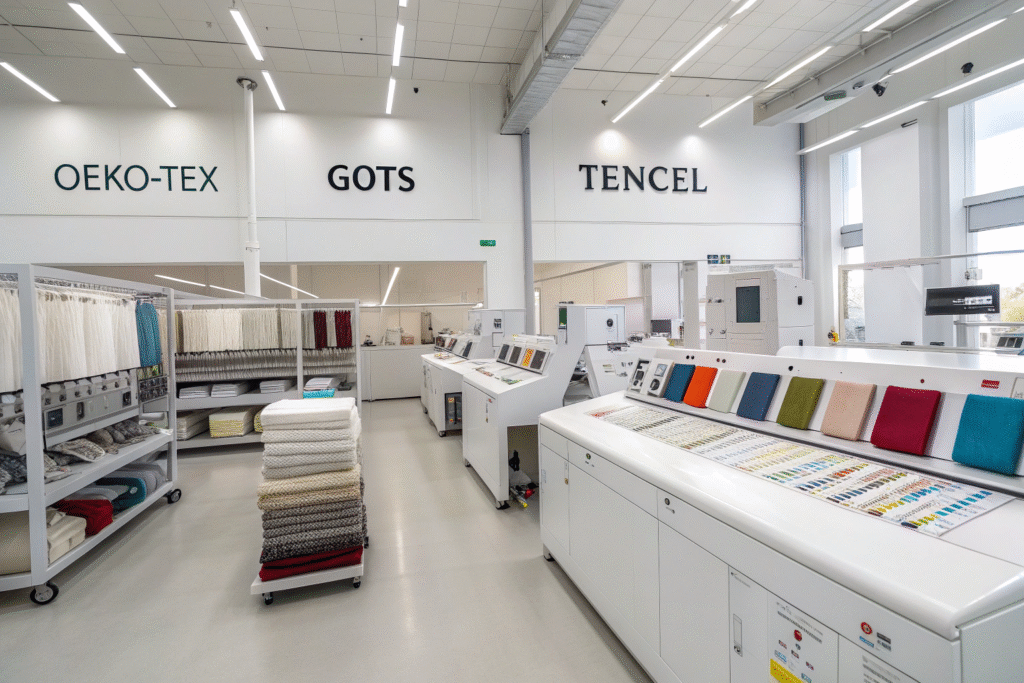
What Does OEKO-TEX® Standard 100 Cover?
This certification tests for over 100 harmful substances, including formaldehyde, phthalates, and heavy metals. OEKO-TEX® certified bedding is guaranteed skin-safe—even for babies and people with allergies.
Verify listings at the OEKO-TEX® site or learn about textile safety standards.
Are TENCEL™ or Modal Yarns Always Certified?
Yes. Authentic TENCEL™ fibers come from the Lenzing Group and include documentation for PEFC™, EU Ecolabel, and OK Biodegradable. Buyers should always request a Chain-of-Custody document for confirmation.
Read more on Lenzing’s certifications or explore eco-fiber labeling systems.
How Can You Source Hypoallergenic Bedding Fabrics in Bulk?
At Fumao Fabric, we specialize in sourcing, weaving, dyeing, and finishing hypoallergenic fabrics for global buyers. We support small MOQs for boutique brands and large-volume delivery for major retail chains.
We offer real-time QC tracking, downloadable test reports, and flexible export terms (FOB, DDP, CIF) from our Keqiao-based warehouse.
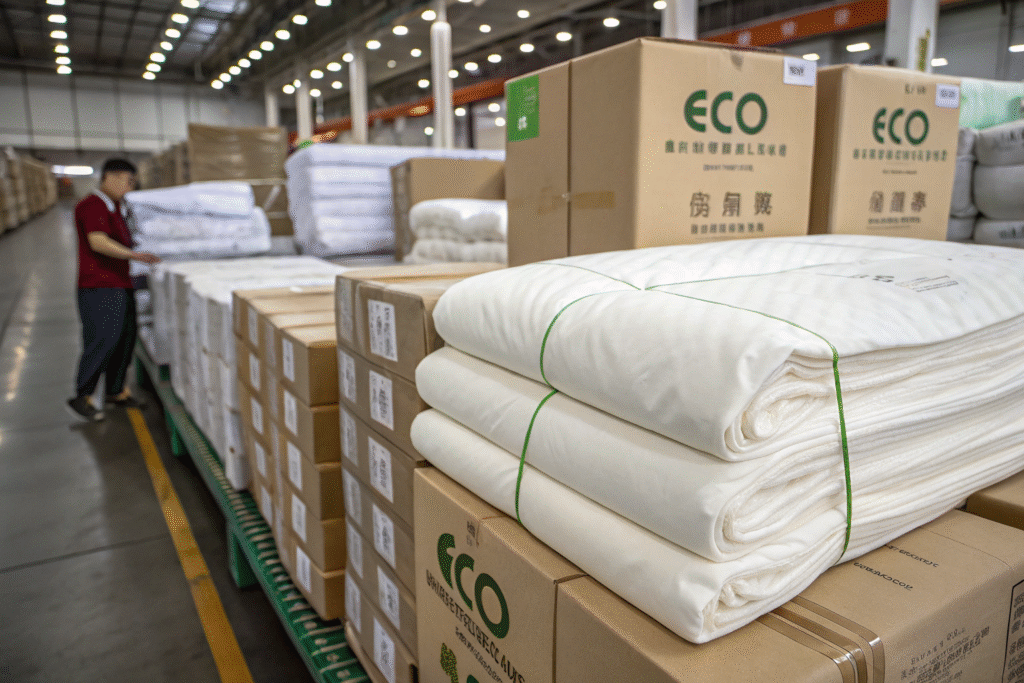
What Fabric Options Does Fumao Offer for Hypoallergenic Bedding?
We provide:
- 100% GOTS Organic Cotton (sateen, percale, muslin)
- 95/5 Bamboo Viscose-Spandex Jersey
- TENCEL™ Modal and Lyocell blends (lightweight knits and woven sheeting)
- Custom double gauze and waffle weave options
Browse our eco-fabric collection or explore certified organic material types.
What Are Lead Times and Customization Services?
We offer 7–10 day sample development and 20–30 day bulk production for most hypoallergenic fabrics. Customizations include:
- Reactive dyeing with OEKO-TEX approved pigments
- Water-based digital printing
- Anti-pilling finishing
- Private label tags and packaging
Learn more about fabric customization techniques or request samples via Alibaba.
Conclusion
Choosing the right fabric for hypoallergenic bedding means balancing comfort, breathability, sustainability, and third-party safety verification. Options like TENCEL™ Modal, bamboo viscose, and organic cotton offer skin-friendly performance and allergen resistance—without compromising luxury.
At Fumao Fabric, we’re proud to support global brands and entrepreneurs seeking clean, certified textiles for bedding and sleepwear collections. From sampling to export, we handle the full chain to ensure peace of mind for both buyers and end users.
To get started with certified hypoallergenic bedding fabric orders, reach out to our Business Director Elaine at elaine@fumaoclothing.com. Let’s deliver better sleep—fiber by fiber.

